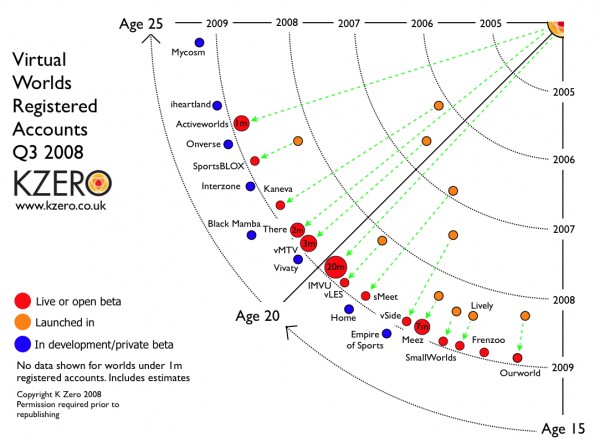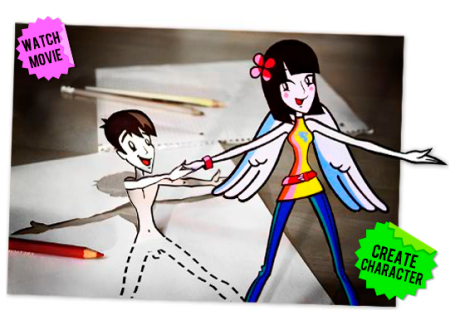
Short preview of Sony's upcoming 3D virtual meeting space "Home" by Greg Miller, a beta tester.
See his blog post with video here: IGN: PlayStation Home Preview >>Sony Playstation Home is still in closed beta but promising a real stunning kind of second life to PS3 owners.
It's going to be the home of all PS3 players worldwide, where they can chat, hang out and play their favorite Sony games on virtual consoles - together.
You're not into games? Me neither. But it's not just about games, but a platform with more than
14 Million units out there. I am in the new media and training/education business, and Sony's PS Home is nothing less than a stunningly realistic looking 3D virtual world where millions of young people will socially connect for a reason (in this case: playing games together). More than one study revealed:
Gaming is not for loner's,
gamers are more social than non-gamers (and here's a recent German study "
Freunde auch in virtuellen Welten wichtig").
Meaning: this will be something like an instant, huge 3D social network consisting of people who like to consume.Getting any ideas about that? While I am not into selling virtual goods I am thinking: those players will not only sit at their console all day/night, they will be sitting in their office at some point of their life and they will have adapted totally different social interaction and user interface standards than former generations did - everything is 3D, realistically into the last detail, playfully designed and international.
I don't think they like the flat web (what you're using this instant) very much and that's why I am insterested in what Sony, Nintendo, vMTV, Linden Lab, Google (
Lively) and so many more are doing.
Multiverse Places is another example of the Gestalt the multitude of 3D virtual online worlds are taking on: It's all about socializing and integration with existing social networks and user generated content.
[youtube=http://www.youtube.com/watch?v=OpQneY7-Y_Q]
Multiverse Places - just another virtual world. I rather dislike the avatars. Runs only on Windows XP or Vista (Mac/Linux is on the roadmap)Mein deutscher Beitrag zum Thema Social Gaming vom 22.7. >>
WEITERLESEN...












